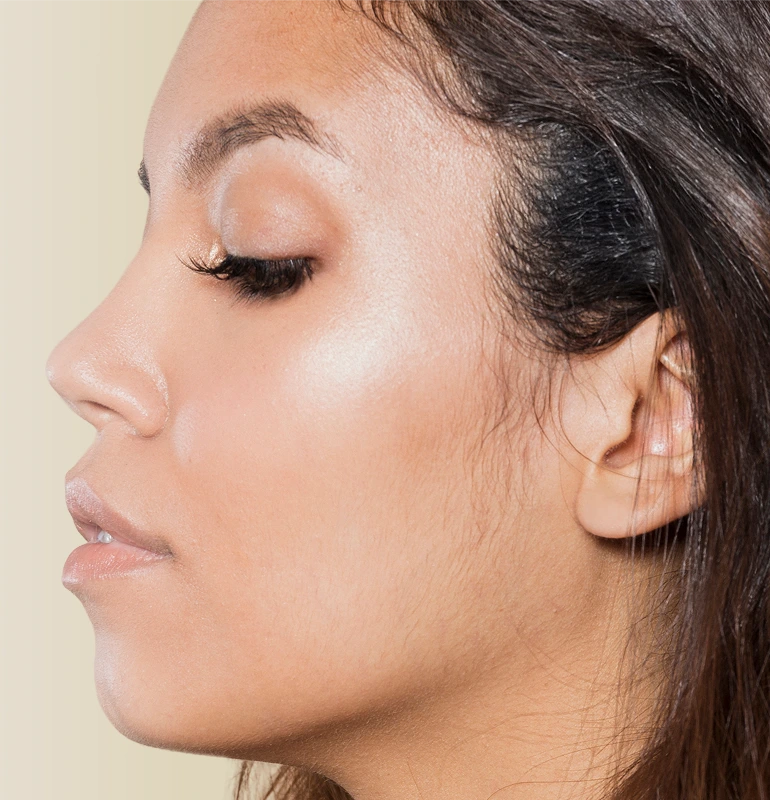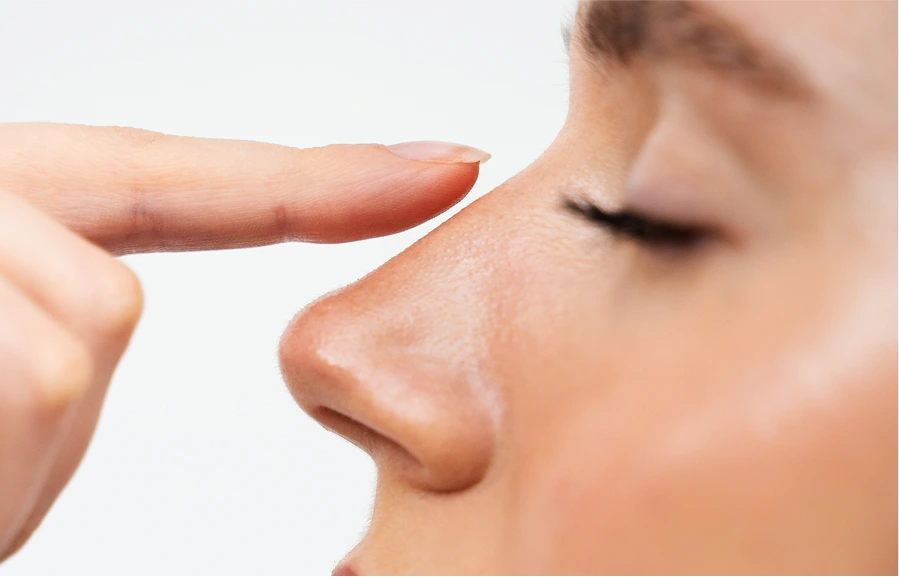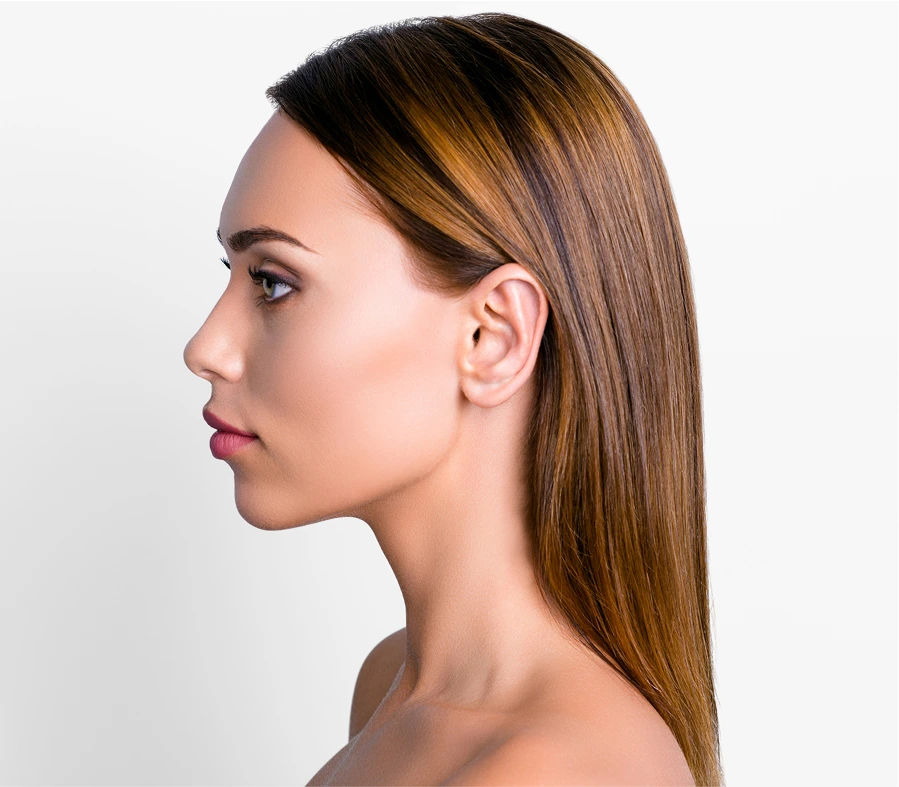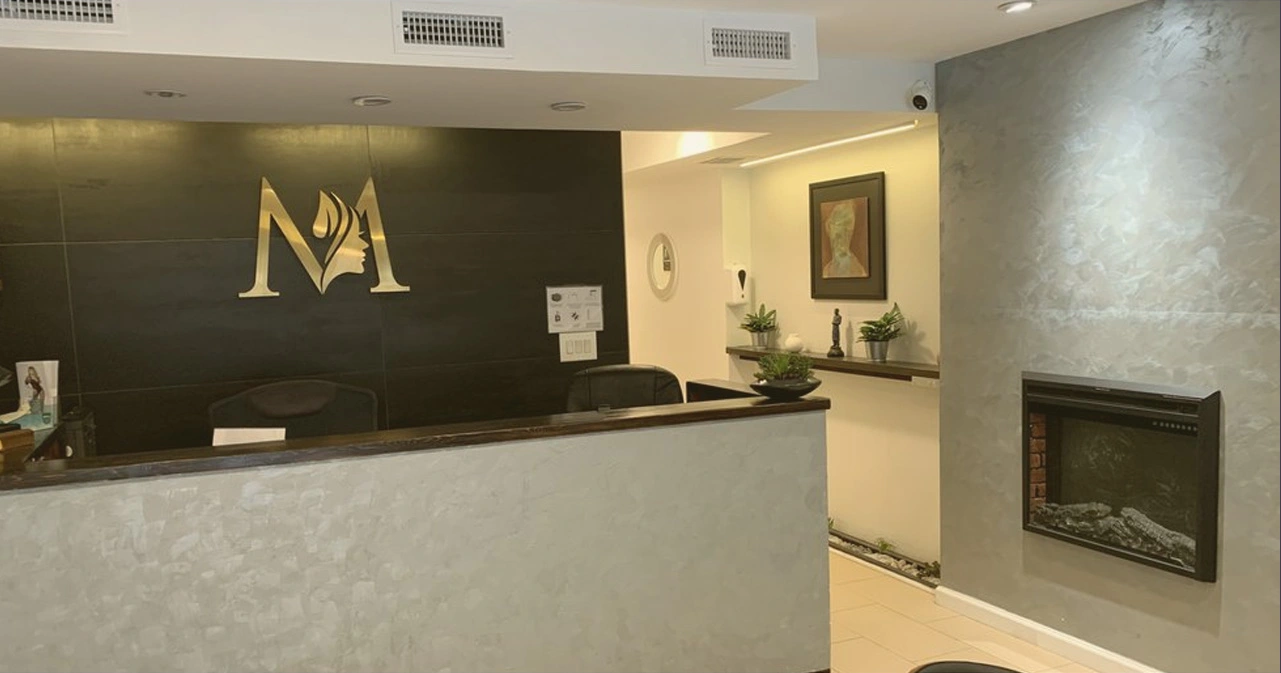
Revision (secondary) rhinoplasty is a very specialized area in the field of plastic surgery that requires advanced skills and experience. Dr. Sabry has a deep understanding of the underlying complications that can arise from a poorly executed nose job and the expertise to correct them. His extensive background in craniofacial surgery, which involves addressing the most complex congenital deformities of the head and neck region, enables him to perform revision surgeries of the face and nose with great effectiveness. Experience our advanced rhinoplasty treatments at Murray Hill Plastic Surgery!

Revision rhinoplasty is a secondary surgical procedure performed to correct or improve the results of a previous nose surgery. It may require the nose to be reduced in size or reshaped at the tip or along the bridge. Other common problems are drooping tips, wide nostrils, and over- or under-correction.
Since the issues vary for each patient, revision rhinoplasty surgery must be tailored to each individual’s unique needs. The procedures may be as simple as removing some cartilage or bone. Dr. Sabry prefers to use your body’s natural cartilage to restructure a nose that has had too much cartilage removed or requires additional support.
During your revision rhinoplasty consultation with Dr. Sabry, he will address any questions you may have about the procedure and discuss any safety concerns related to the surgery. A thorough evaluation of your nasal structure, skin condition, and the results of your prior surgery will help guide the surgical plan. Dr. Sabry will also review your medical history and any past surgical records, if available, to better understand the techniques previously used and how they may impact your revision. This personalized approach ensures that your goals and expectations are aligned with what can realistically and safely be achieved.

The location and type of incisions depend on whether the open or closed technique is used. In the open approach, a small incision is made at the base of the columella (between the nostrils) to lift the nasal skin and expose the internal framework. The closed technique involves incisions placed inside the nostrils, offering access without external scarring. The choice of technique is based on the complexity of the revision and the degree of correction required.



When concerns remain after a previous nasal surgery, revision nose surgery can offer both cosmetic and functional improvements. Performed with precision and care, this procedure addresses unresolved issues from the initial procedure and helps restore balance to the face. Patients can receive many benefits from revision rhinoplasty:
